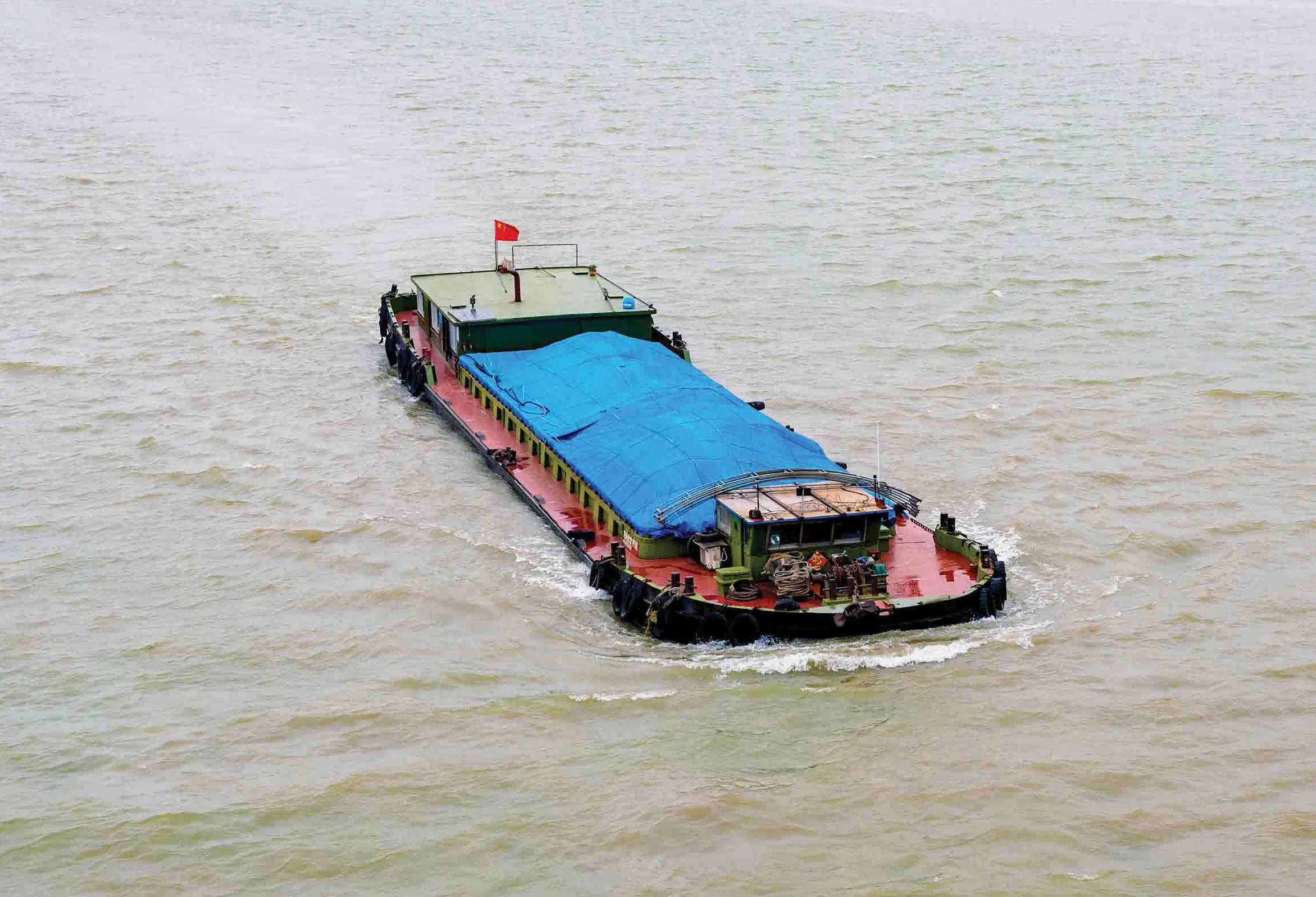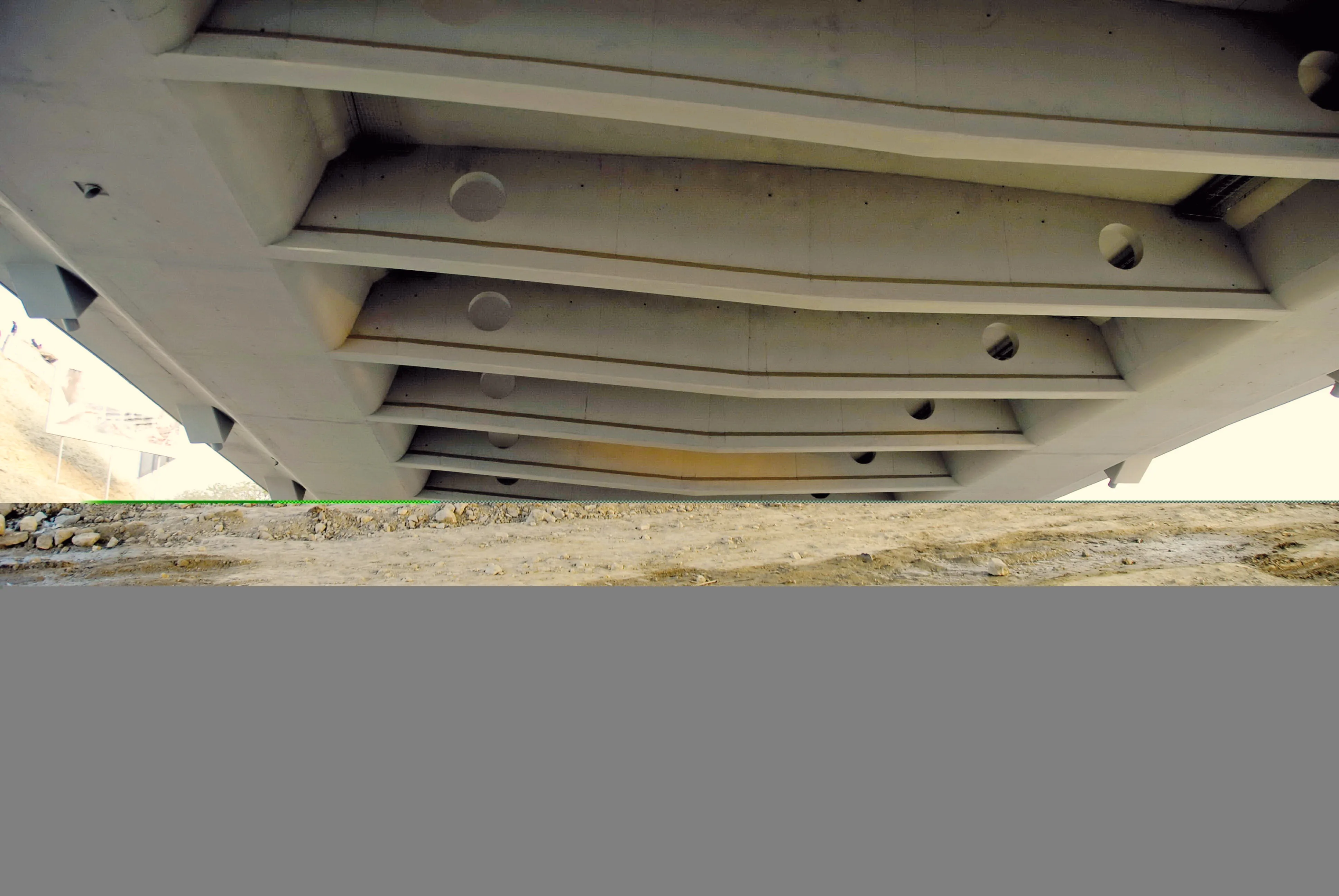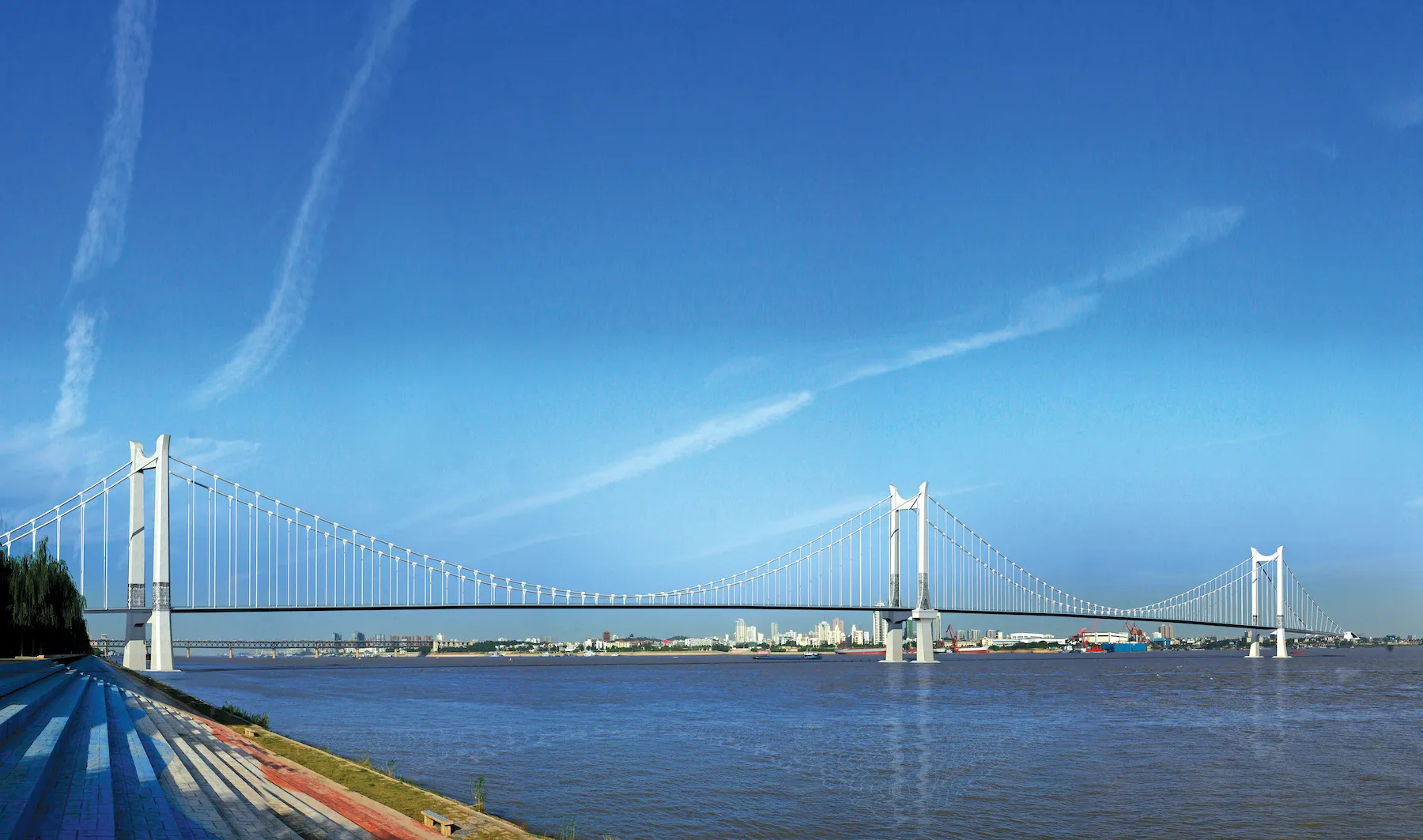Located in Zhejiang Province of China, Jiashao Bridge spans the Qiantang River and connects the cities of Jiaxing and Shaoxing. The total length of the bridge project is 10.14km and carries an eight-lane expressway
The Qiantang River suffers from a high flow rate of up to 7.5m/s. As the tidal range is around 7-9m, the water depth is less than 2m in time of low level tide, so ships can only move at high tide and large scale ship-lifting equipment cannot be used downstream of Jiashao Bridge.
However, to
April 6, 2017
Read time: 3 mins

RSSLocated in Zhejiang Province of China, Jiashao Bridge spans the Qiantang River and connects the cities of Jiaxing and Shaoxing. The total length of the bridge project is 10.14km and carries an eight-lane expressway
The Qiantang River suffers from a high flow rate of up to 7.5m/s. As the tidal range is around 7-9m, the water depth is less than 2m in time of low level tide, so ships can only move at high tide and large scale ship-lifting equipment cannot be used downstream of Jiashao Bridge.
However, to protect against the Qiantang tidal bore and reduce the construction risks under the difficult conditions, an innovative structure design was adopted for this bridge project. For the main bridge design, a six-pylon cable-stayed bridge with five 428m-long main spans is adopted. Single-pylon structure, with the top of pile caps located under the riverbed surface is used to control the water blocking rate of the bridge structure. The superstructure of the main bridge is separated by four-plane stud welding streamlined flat steel box girders. The total steel girder width reaches 55.6m.
To increase the vertical stiffness of the main girder effectively and control the temperature deformation of the whole 2680m-long main girder, an innovative double-support and hinge (DSH) system was adopted.
With the DSH system, there are two vertical supports set at both sides of the pylon for the steel box girder at the pylon bracket area, and four two-way sliding bearings for one pylon. Using the DSH system, the scale of pylons and foundations were reduced, and US$139.8 million was saved compared to traditional designs without hinges.
In order to enhance the integral stability of the structure with tall and flexible single-pile-column foundations, I-shape transversal beams were set between the separated decks. The single-pile-column substructure had a small water-blocking area, which had a small influence on hydrology. And with no pile cap, it avoided the risk of cofferdam construction from the tidal bore.
The completed Jiashao Bridge now features an elegant and integral structural design. The application of the DSH system and hinge-related technologies, including design, manufacturing, erection, monitoring, and maintenance promotes the theoretical and technical development of multi-pylon cable-stayed bridges and contributes to the promotion of multi-pylon cable-stayed bridges worldwide.
Wang Zhangxuan, vice general manager of Jiashao Bridge Investment & Development Co said, “On behalf of Zhejiang Jiashao Bridge Investment & Development Co of China, I am very grateful that the3918 IRF Washington has awarded the 2016 Design GRAA to the Jiashao Bridge project.
It was a great challenge for the designers, CCCC Highway Consultants Co, to account for the Qiantang River tide and incorporate appropriate technical and material innovations for design and construction. I welcome bridge specialists from around the world to come to China and visit the project; we are happy to exchange and share experiences and concepts with each other.”
The Qiantang River suffers from a high flow rate of up to 7.5m/s. As the tidal range is around 7-9m, the water depth is less than 2m in time of low level tide, so ships can only move at high tide and large scale ship-lifting equipment cannot be used downstream of Jiashao Bridge.
However, to protect against the Qiantang tidal bore and reduce the construction risks under the difficult conditions, an innovative structure design was adopted for this bridge project. For the main bridge design, a six-pylon cable-stayed bridge with five 428m-long main spans is adopted. Single-pylon structure, with the top of pile caps located under the riverbed surface is used to control the water blocking rate of the bridge structure. The superstructure of the main bridge is separated by four-plane stud welding streamlined flat steel box girders. The total steel girder width reaches 55.6m.
To increase the vertical stiffness of the main girder effectively and control the temperature deformation of the whole 2680m-long main girder, an innovative double-support and hinge (DSH) system was adopted.
With the DSH system, there are two vertical supports set at both sides of the pylon for the steel box girder at the pylon bracket area, and four two-way sliding bearings for one pylon. Using the DSH system, the scale of pylons and foundations were reduced, and US$139.8 million was saved compared to traditional designs without hinges.
In order to enhance the integral stability of the structure with tall and flexible single-pile-column foundations, I-shape transversal beams were set between the separated decks. The single-pile-column substructure had a small water-blocking area, which had a small influence on hydrology. And with no pile cap, it avoided the risk of cofferdam construction from the tidal bore.
The completed Jiashao Bridge now features an elegant and integral structural design. The application of the DSH system and hinge-related technologies, including design, manufacturing, erection, monitoring, and maintenance promotes the theoretical and technical development of multi-pylon cable-stayed bridges and contributes to the promotion of multi-pylon cable-stayed bridges worldwide.
Wang Zhangxuan, vice general manager of Jiashao Bridge Investment & Development Co said, “On behalf of Zhejiang Jiashao Bridge Investment & Development Co of China, I am very grateful that the
It was a great challenge for the designers, CCCC Highway Consultants Co, to account for the Qiantang River tide and incorporate appropriate technical and material innovations for design and construction. I welcome bridge specialists from around the world to come to China and visit the project; we are happy to exchange and share experiences and concepts with each other.”









